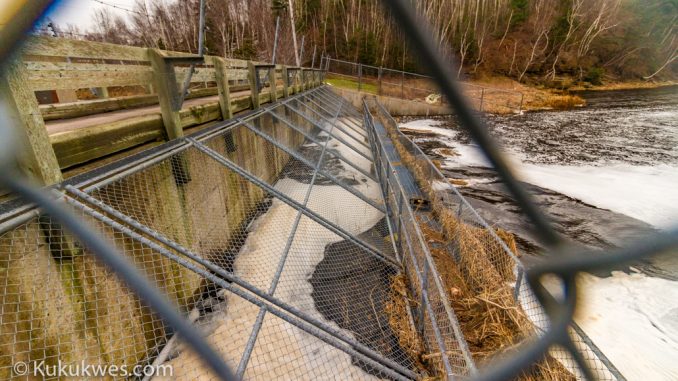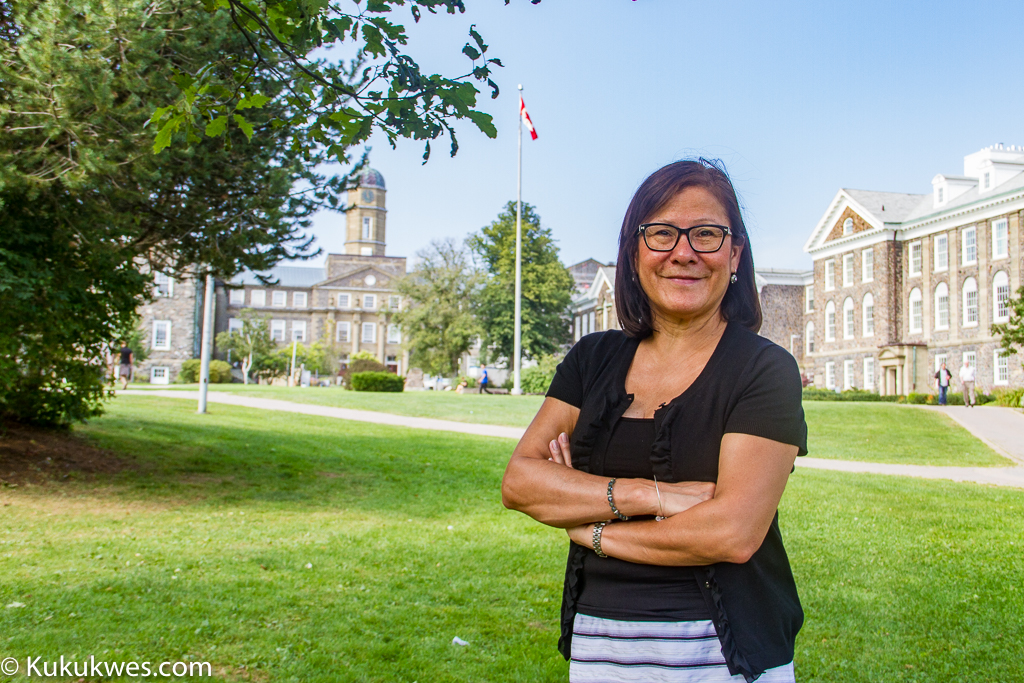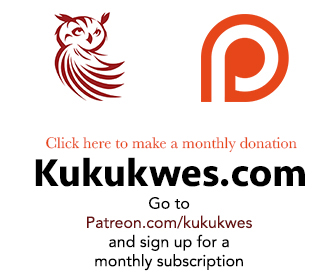
Scientists and researchers have completed six years of study in Pictou Landing First Nation in Nova Scotia to determine if the polluted effluent being pumped into nearby Boat Harbour is making residents sick.
Those findings will be presented to the Pictou Landing Native Women’s Association in early 2017, said Sheila Francis, the organization’s past president.
“We really haven’t had a chance to debrief with the women yet, so we’re not exactly saying what the findings are,” Francis said.
“There’s something going on. We’re not quite sure what it is because we do have high rates of cancer in the community,” she added.
According to Francis, the soil and sediment samples appear fine even though Boat Harbour is a dead body of water.
“We’re still concerned with the air quality,” she added.

The pulp and paper mill located in Abercrombie, N.S., has been pumping effluent into Boat Harbour, located next to the Pictou Landing First Nation, since 1967. The mill, which has had several owners over the decades, is currently being operated by Northern Pulp Nova Scotia Corporation.
In April 2015, the Nova Scotia government tabled legislation to close Boat Harbour in January 2020 and set aside $52 million for its cleanup.
On Monday, the provincial government announced a request for proposals from engineering firms to design a remediation plan to return Boat Harbour to a clean, tidal estuary.
Research in Pictou Landing First Nation began in 2010
Since 2010, the Pictou Landing Native Women’s Association has been working with scientists and researchers with Dalhousie University, collecting samples in and around Boat Harbour, or “A’se’k” in Mi’kmaq, next to the Pictou Landing First Nation.
Francis was in Halifax recently to take part in a panel discussion about the research project between the women’s group and Dalhousie University. The discussion, which took place at the Halifax Central Library on Nov. 30, was part of the Indigenous Speakers Series.

Other panelists included Pictou Landing First Nation residents Kim Strickland, her daughter Lexy Francis and Diana Lewis, co-ordinator for the Indigenous Studies program at Dalhousie University.
The panelists explained how they created a partnership with the academics and researchers who helped the group apply for funding and trained them in collecting samples and data for the project.
During the presentation, Francis became emotional when she explained how some women in Pictou Landing were afraid to breast-feed their babies due to health concerns over the pollution in Boat Harbour.
Lewis helped the women in Pictou Landing First Nation connect with the right people at the Dalhousie University to make the study a reality.
Lewis, a member of the Sipekne’katik Band, said the university partnership was the first time that any organization or agency offered to help these women find out the causes of their health issues.
“The problem was they knew in their hearts something was wrong and all the studies that were being conducted by the committees, by government, were concluding that there wasn’t anything wrong,” Lewis explained.
“They knew in their hearts that they weren’t getting the answers that they wanted,” Lewis said. “They just felt, ‘What were they going to lose?’ What could they lose except gain more information?” she said.
Now that the study is complete, Lewis explained the women’s association now has community baseline data that belongs to them. According to Lewis, it’s unlikely the baseline health data will ever be released publicly because of the OCAP principle.
According to the First Nations Information Governance Centre website, OCAP stands for ownership, control, access and possession. It stands for “a set of standards that establish how First Nations data should be collected, protected, used or shared.”
“The community did that health survey. We were able to analyze the data for them,” Lewis said. “It’s the baseline that the government had never done for them,” she said.
“If the government, in the future, wants information about the health of the community, the community will produce the health reports,” Lewis said.


